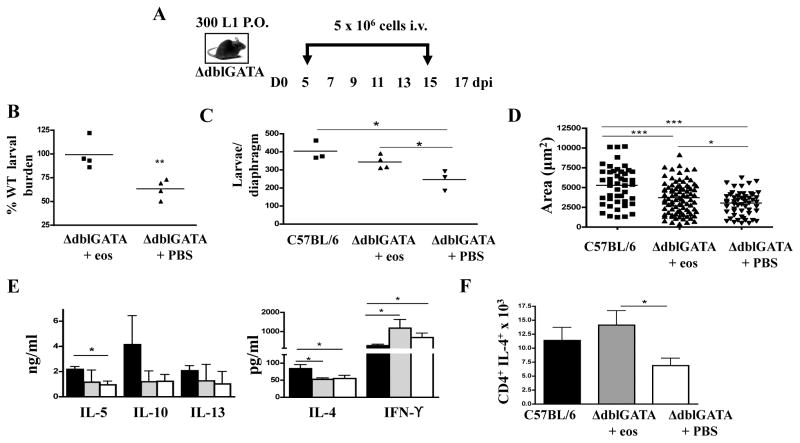Fig. 7. The influence of eosinophil transfer on larval growth and survival.
(A) Design of experiments in which ΔdblGATA mice were given 5 × 106 eosinophilsor PBS every 48hrs between 5 and 15 dpi. (B) Parasite survival in ΔdblGATA mice following transfer of eosinophils (prepared by positive or negative selection, see text) or PBS. Values are expressed as a percentage of the burden in control C57BL/6 mice. Each point is a mean for that treatment group from one experiment (n=4 experiments). (C-F) Data collected from individual experiments performed with control C57BL/6 and ΔdblGATA mice that received PBS or negatively selected eosinophils. (C) Larval burdens 17 dpi in diaphragms. Reduction in larval burden in ΔdblGATA PBS recipients compared to C57BL/6 controls is similar to values we have reported previously (7). (D) Area of larvae recovered from diaphragms 17 dpi. Bars represent means from 75–90 larvae pooled from diaphragms of 3–4 mice.(E) Cytokines in antigen-stimulated cultures of CLN cells collected 17 dpi. (F) Mean number of CD4+IL-4+ cells in diaphragms of mice, 15 dpi. Panels C to F: Each data set was collected from two or three experiments with similar results. Values represent mean +/− SD, n = 3 – 4 mice. Significant differences were determined by ANOVA and Tukey’s test. *p<0.05, *** p<0.0001.

